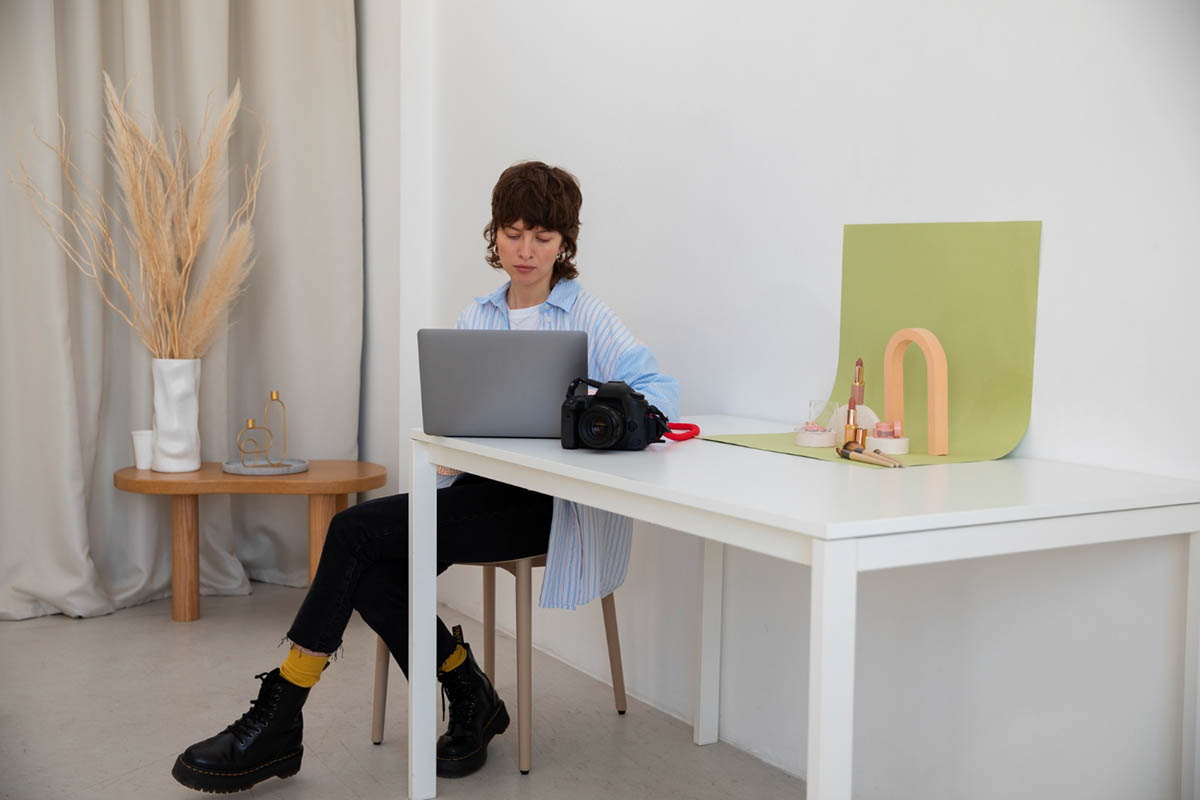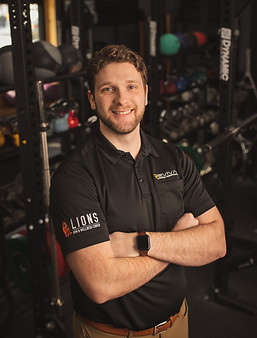Introduction
In today’s digital age, many of us spend a significant portion of our day sitting at a desk, working on a computer. While this can be productive, it can also lead to a host of physical issues if our workspace isn’t set up correctly. Poor ergonomics can result in discomfort, pain, and even long-term health problems. At Revival Physical Therapy, with locations in both North Loop, Minneapolis, and Robbinsdale, we understand the importance of an ergonomic workspace and are here to guide you in setting up your desk for success. This blog will cover the essentials of workplace ergonomics, from proper chair height to monitor placement, to help you create a comfortable and healthy working environment.
Why Ergonomics Matter
- Reduce the Risk of Injury: Proper setup can prevent repetitive strain injuries (RSIs) and musculoskeletal disorders (MSDs).
- Enhance Productivity: A comfortable workspace can improve focus and efficiency.
- Improve Posture: Correct ergonomic practices help maintain good posture, reducing strain on the body.
- Boost Overall Well-being: A well-designed workspace can decrease stress and discomfort, leading to better overall health.
Essential Elements of an Ergonomic Workspace
1. Chair
- Adjustable Height: Your feet should be flat on the floor or on a footrest, with your knees at a 90-degree angle.
- Lumbar Support: The chair should support the natural curve of your lower back.
- Seat Depth: There should be a small gap (about 2-4 inches) between the edge of the seat and the back of your knees.
- Armrests: These should support your arms comfortably without causing your shoulders to hunch.
2. Desk
- Height: Your desk should be at a height where your elbows are at a 90-degree angle when typing.
- Clearance: Ensure there’s enough space under the desk for your legs to move freely.
3. Monitor
- Eye Level: The top of your monitor should be at or slightly below eye level. You shouldn’t have to tilt your head up or down to see the screen.
- Distance: Position the monitor about an arm’s length away from your eyes.
- Angle: Tilt the monitor slightly upward to reduce glare and promote a natural head position.
4. Keyboard and Mouse
- Position: The keyboard should be directly in front of you, with your mouse close by on the same surface.
- Height: Your keyboard should be at a height where your wrists remain straight, and your forearms are parallel to the floor.
- Wrist Support: Consider using a wrist rest to maintain a neutral wrist position and reduce strain.
5. Lighting
- Natural Light: If possible, position your desk near a source of natural light.
- Task Lighting: Use a desk lamp to illuminate your workspace without causing glare on the screen.
- Avoid Glare: Position your monitor perpendicular to windows and use adjustable blinds or curtains to control light levels.
Additional Tips for an Ergonomic Workspace

- Take Breaks: Stand up, stretch, and walk around every 30-60 minutes to prevent stiffness and improve circulation.
- Use a Document Holder: If you frequently reference documents, use a holder to keep them at eye level, reducing the need to look down.
- Maintain Good Posture: Keep your back straight, shoulders relaxed, and avoid slouching. Adjust your chair and desk setup if you notice any discomfort.
- Consider a Standing Desk: Alternating between sitting and standing can reduce the risk of prolonged sitting. Ensure your standing desk setup is also ergonomically sound.
- Personalize Your Workspace: Adjust your setup based on your comfort and preferences. Everyone’s ergonomic needs are different, so make changes that work for you.
FAQ Section
Q: How often should I adjust my ergonomic setup?
Q: Can ergonomic accessories really make a difference?
Q: What are some signs that my workspace isn’t ergonomic?
Q: How do I choose the right chair for my workspace?
A: Look for a chair that offers adjustable height, good lumbar support, and comfortable padding. Try out different chairs to find one that suits your body type and work needs.
Community Engagement and Support
At Revival Physical Therapy, we believe in the power of community support. We regularly host workshops and seminars in Minneapolis on topics like ergonomics, injury prevention, and overall health and wellness. Join us to connect with others, learn new strategies, and take control of your health.You can visit us at our North Loop location in Minneapolis at 800 N Washington Ave Suite 5, Minneapolis, MN 55401 or our Robbinsdale location at 4123 W Broadway, Robbinsdale, MN 55422.


